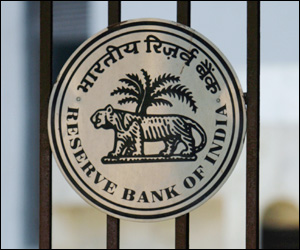Indian banking system: Development banks: Export-import bank of India (EXIM Bank)
The Export-import bank of India (EXIM Bank) was set up in January 1982 as a statutory corporation wholly owned by central government. Its paid up capital in 1988-89 was Rs 220.50 crores. Activities performed by EXIM Bank: It grants direct loans in India and outside for the purpose of imports and exports; Refinances loans to banks and other notified financial institutions for the purpose of international trade ; Rediscounts usance export bills for banks; Provide overseas investment finance for Indian companies toward their equity participation in joint venture abroad and guarantees, along with banks, obligations on behalf of project exporters; It is also a co-coordinating agency in the field of international finance and it undertakes development of merchant banking activities in relation to export oriented industries; Thus it provides fund based as well as non fund based assistance in the foreign trade sector. The main objective of Export-Import Bank (EXIM Continue reading


